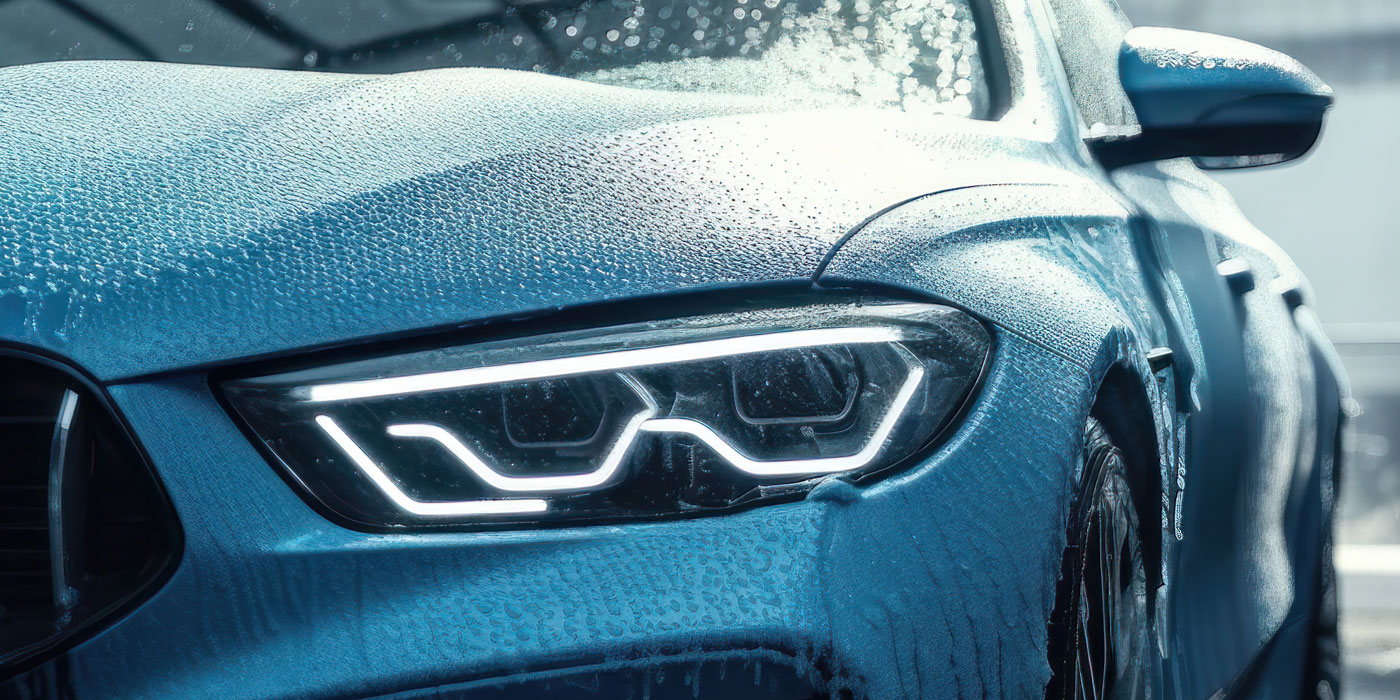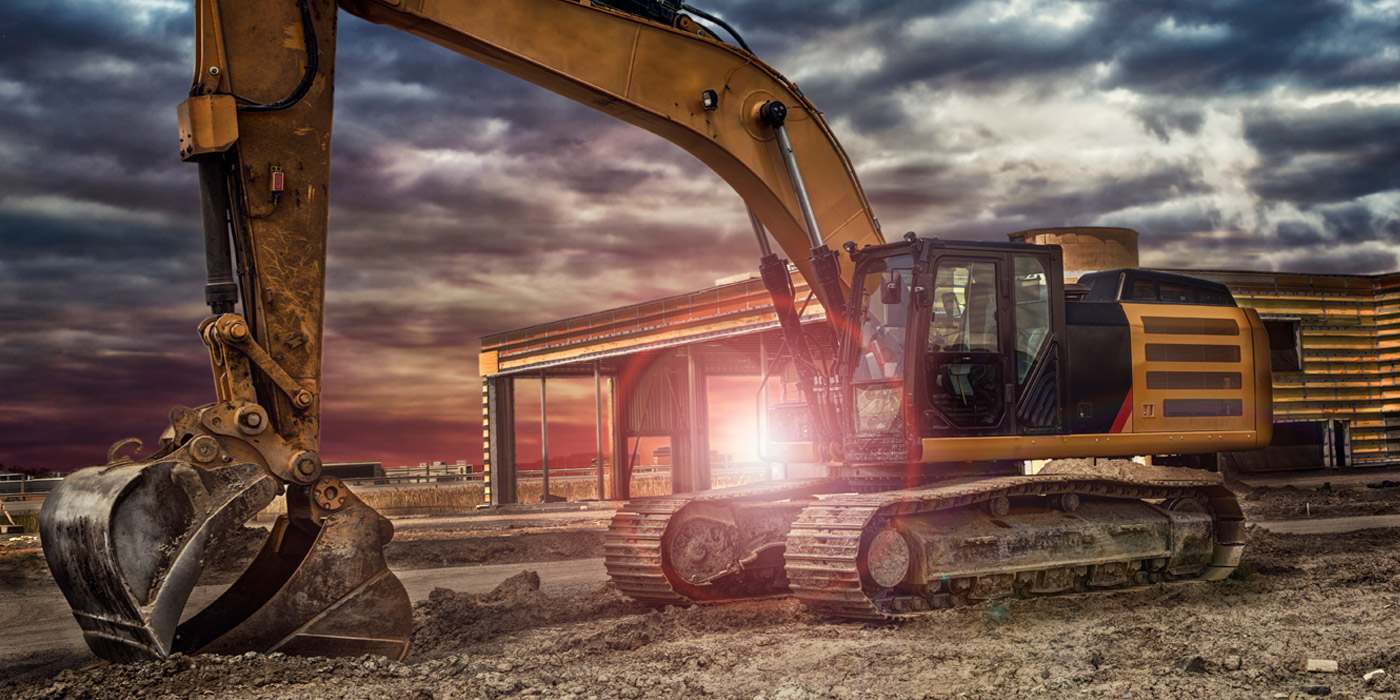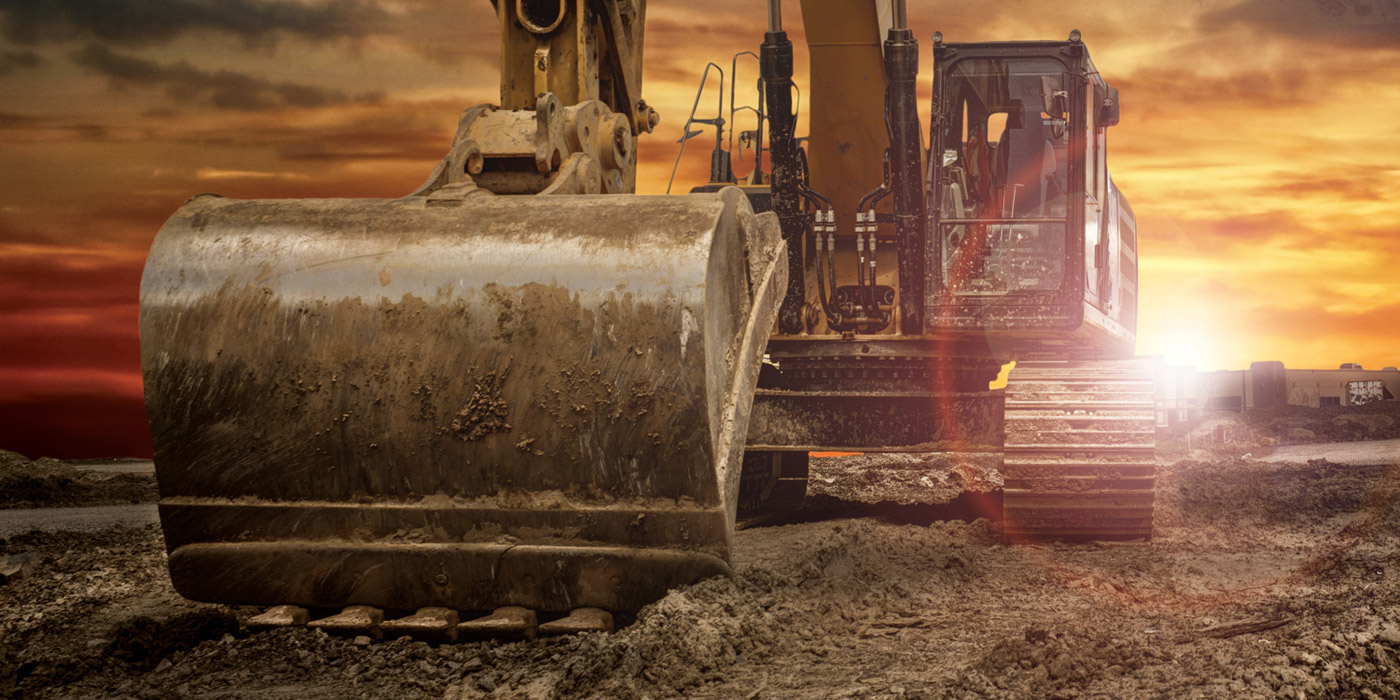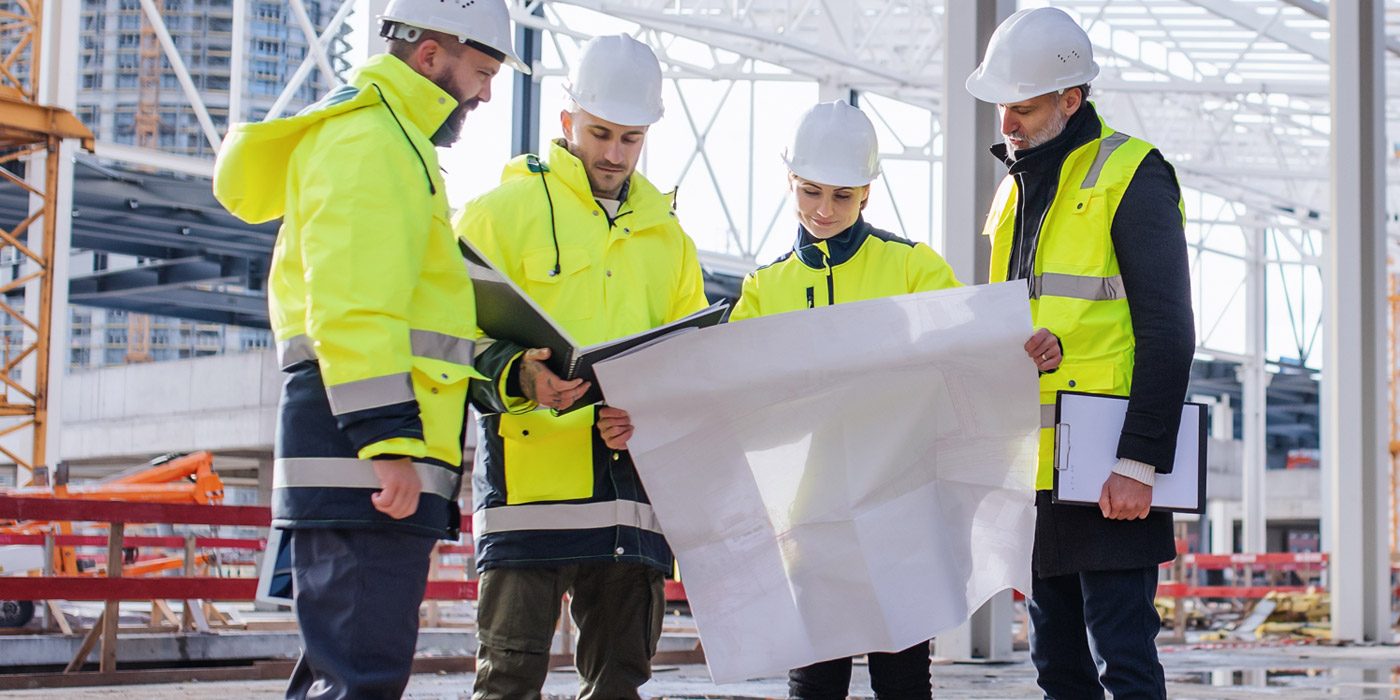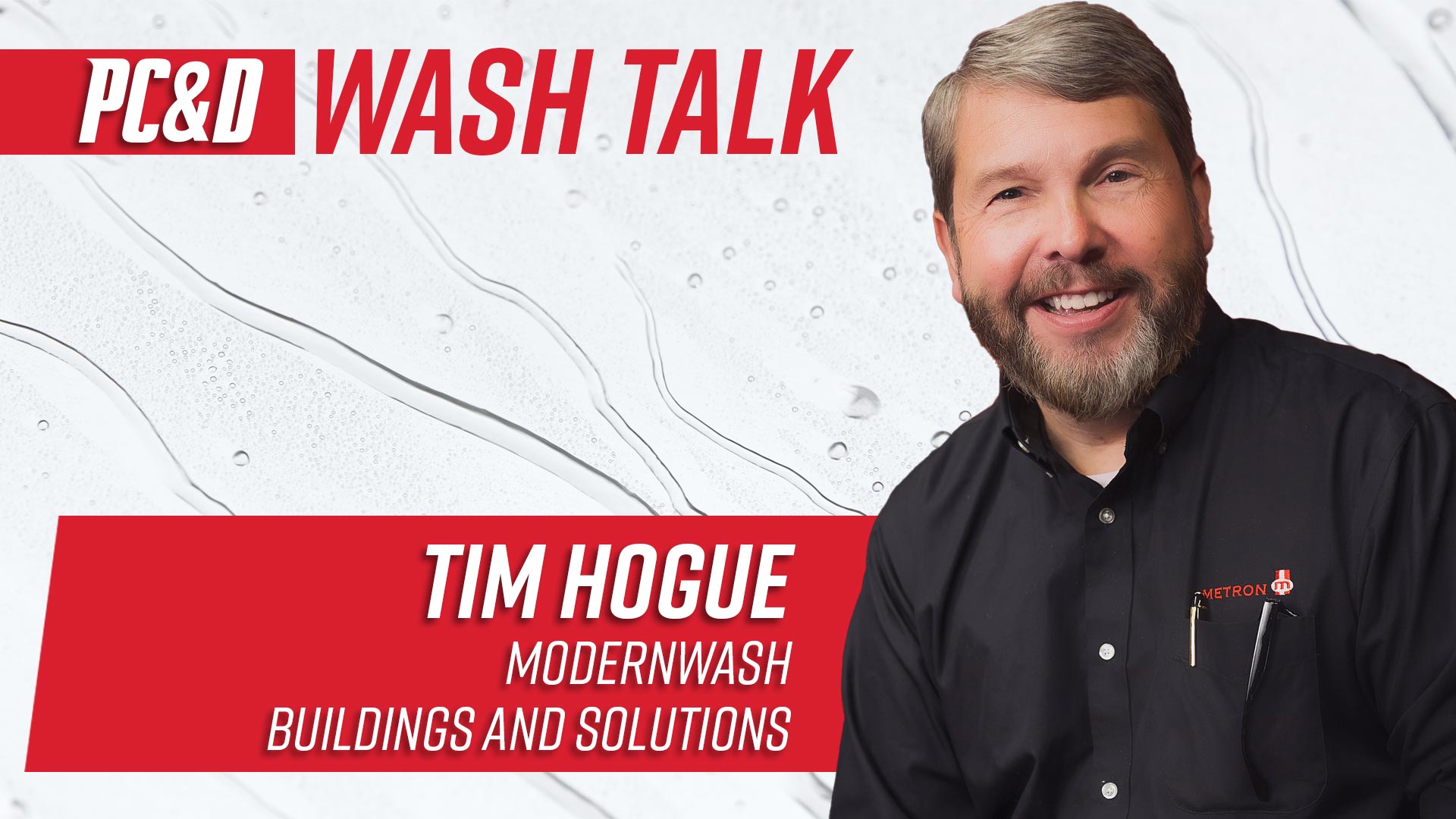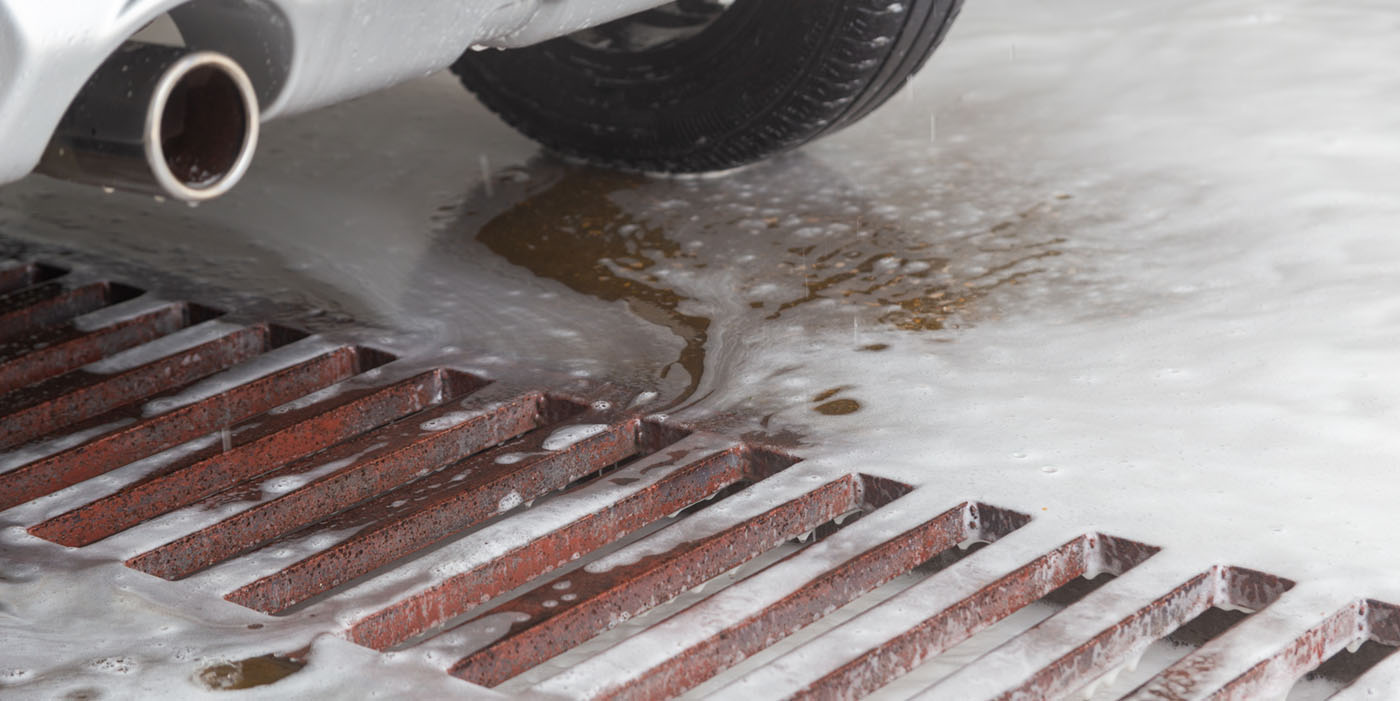Real estate can be a profitable venture for those who successfully buy, build and sell their assets at a substantial profit. As a result of increased interest in this field of business in many areas across the U.S., it is now easier for buyers to purchase property, including land for a new business, than ever before. From contacting brokers to online shopping, if you are a new carwash investor or growing chain looking to acquire a piece of land in your area, the options to acquire are plentiful.
No time to read this article? Listen to it instead!
With so many choices to consider, knowing the facts can help sort through the noisy sales pitches. This article discusses the importance and the future of land purchases for a new carwash business. We contacted several carwash industry professionals to answer important questions about this site selection decision, because acquiring land is not a one-size-fits-all approach.
Planting your flag
If you are currently looking for land to build a new carwash, you most likely have answered a few critical questions along the way, such as:
- What is the daily traffic count?
- What is the anticipated capture rate (which is primarily based on the level of visibility and accessibility to the site)?
- What is the layout of the expected site design?
- What type of carwash: full-serve, flex-serve, express exterior conveyor, in-bay automatic (IBA) or self-serve?
The type of carwash you are most interested in operating is a huge factor in determining land needs. According to Robert Andre, who is the vice president of customer success for Sonny’s Enterprises, his company provides general recommendations for the conveyor formats that are most prominent in today’s industry. Andre’s recommendations are:
- Express carwash locations typically work well on 0.8 to 1 acre.
- Flex-service carwash locations typically work well on 1.2 to 1.5 acres.
- Mini express carwash locations typically work well on 0.4 to 0.5 acres.
But, warns Andre, “These are all depending on how much of the land is usable, of course.” He advises investors to consider setbacks, green space as well as detention and retention areas as variables that could cut into the usable lot space.
Other considerations in the conveyor format are the size of the tunnel and conveyor and the number of self-serve vacuum stations your new carwash requires. In addition to stressing the importance of traffic flow and turning radiuses, which on the latter point he says that new investors and operators cannot focus on enough, Autobell Car Wash’s Chief Operating Officer Carl Howard offers some insight into the land requirement considerations for IBA and self-serve carwashes.
“As far as self-serve and IBA carwashes go, it’s dependent on how many bays you’re going to have. Although I’ve seen self-serves around a few acres, I think in most cases they’re typically around an acre,” explains Howard.
Howard echoes the deciding factors when considering such decisions as the number of bays needed or conveyor length — visibility/accessibility, daily traffic count in front of the site and expected capture rate. Even though many things can significantly affect these metrics, especially when you are just at a phase of looking at an empty or rundown location, Howard lends his experience with determining an expected capture rate once you have determined your daily traffic count for an express exterior location.
“For example, some expresses claim as high as a 2 percent capture rate, which is a little high,” says Howard, also adding that capture rate is contingent on the type of traffic passing by. “Is the traffic commercial truck-heavy, or is it more commuters? If commuters, then you can be a little more aggressive with your capture rate estimate.” In many cases, Howard says new investors or expanding carwash chains can usually estimate a capture rate of at least one half of a percent.
Lot shape and position
In addition to the size of the lot, investors and growing carwash chains also will want to consider the shape of the space to ensure proper traffic flow and operating as well as adequate turning radiuses. And, while Andre notes that rectangular sites often make for ideal site layouts, he has seen a wide variety of standard shapes and odd shapes work.
Howard chimes in, “We do not rule anything out; we’ve even developed on triangular pieces of property, which has its own unique advantages if you can lay it out properly.” According to Howard, the position of the lot is similarly very important.
“In our opinion, the ideal situation is the carwash bay with the operations’ side — for instance, the conveyor side of the building — facing the street and parallel to the road,” asserts Howard. While he adds that finding a lot that can accommodate this setup could be challenging, investors who are able to do so enjoy the benefits of creating a lot of attention from the street, which generally drives more volume.
Therefore, finding the right lot for your carwash requires more than meets the eye. Projecting such factors as stacking area, landscaping, prep and finishing area requirements and so on must be considered when selecting land. Attention to detail is needed and, as Andre notes, one miscalculation can wreak havoc on your annual volume totals.
Maximizing space
Once you have identified a piece of property of interest, maximizing every square inch of it should then be the focus. The experts we spoke with for this article agree that more space is better than less space, as overcrowding can limit car count potential, chase customers away and lead to customer anxiety when visiting the wash.
“Absolutely, success happens before opening a carwash,” remarks Roger A. Pencek, president and broker for Car Wash Brokers Inc., who has been involved in the carwashing business for over three decades and is currently a broker in nine states. “I would rather overpay for a property than go cheap and have to build a business around it.”
While an astute owner will pay for the right lot only once, the uneducated buyer will pay for the wrong lot every day. And, considering the investment portion of the real estate acquisition, the stakes are high.
“Land is the biggest piece — about 40 percent — of the puzzle. For instance, if you build an exterior express carwash for $3.7 million, you are going to pay $1.3 million for that dirt, including titles, fees, etc.,” educates Pencek.
As a result, maximizing space and buying the right size lot go hand-in-hand. If you’re looking to operate a conveyor carwash, there are a few more things to consider, depending on the subcategory of the format you are most interested in.
Traditional full service carwashes will warrant a larger investment in property. As Andre notes, this format requires such features as:
- Vacuum area
- Lobby
- Towel drying
- Tunnel
- Usually a detail canopy or building
- Adequate open space.
“Full-serve customers are paying top dollar for a premium service. You want to make them feel comfortable — that requires room. Don’t skimp if this is your business model,” says Andre. He also adds that flex-serves require more land than a typical express because of the addition of the after-care area and customer waiting area.
In addition to allowing for future growth and additional profit centers, there are other ways to maximize a property investment. As Howard notes, carwashes that have excess lot space can always subdivide, sell or lease it.
Cutting through the red tape
Today’s carwash investors are moving fast, as reported in recent issues of Professional Carwashing & Detailing magazine. This trend is occurring for several reasons, such as emerging competition, availability of capital and low interest rates, to name a few driving contributors.
When looking to build a new carwash site or retrofit an existing non-carwash facility, doing your due diligence and understanding the zoning, permit requirements and political landscape can help expedite any approvals needed. While you might have found a good deal on a spacious site with high, quality traffic counts, you can’t put plans into reality if you’re busy trying to cut through the red tape.
“Due diligence is important,” explains Howard. “You need to know the rules going in and what you need to accomplish to get the carwash built.” For new carwashes that require a public hearing in order to obtain the necessary permits to build, governing bodies and planning commissions could be a source of delay as they consider all sides of the argument, including those of their voters.
“It’s not impossible, but the degree of difficulty increases,” says Howard of carwashes facing this situation, adding that everything is a compromise, no site is 100 percent perfect and investors should calculate their cost benefit analyses to determine the rewards versus the risks. “If, for example, there are residential properties abutting the site, you may have difficulty getting the permit.”
Thinking small for the future
Like most carwash professionals, Pencek has not been blind to the trend of widespread mergers and acquisitions across the entire industry. As a reputable broker with decades of experience, he has, in fact, been at the forefront. When discussing land requirements for new carwash business investments and the permits needed, Pencek notes an emerging trend that he feels is the next big format as a solution to such concerns as large land investments as well as long planning and zoning stage timelines.
“I firmly believe because of interest rates and the long lead time in planning and zoning that there is going to be a huge infusion of people buying self-serve carwashes and converting them into mini expresses,” forecasts Pencek. “Instead of the traditional 1 acre, successful mini expresses, including in California, are being situated on as small as 21,000- and 23,000-square-foot lots.”
According to Pencek, the International Carwash Association (ICA) estimates that there are 80,000 carwashes in the U.S. However, due to consolidation, investors looking to build express exterior sites have already “picked the low-hanging fruit.” With a mini express, an investor can still drive volume and profits, even at a lower price point, he adds.
In 2017, Pencek offered a conservative estimate through next year that 500 existing self-serve washes in the U.S. will be converted into mini express washes, requiring a lot size of no more than 30,000 square feet.
“What is driving this trend is land. Land is a four-letter word that’s not popular among investors as they are looking to make money. You can renovate an existing self-serve, not be in planning and zoning for 12 months and survive on $5 a car rather than the $6 a car the traditional express has to charge in order to be competitive,” adds Pencek, noting that a mini express should still allow space for 12 self-serve vacuum stations.
In with the old
Another way to expedite the planning, permit and zoning processes is to repurpose a defunct business or facility. Decision-makers are keen on removing these eye sores from their communities.
Howard calls this a “huge opportunity.” After all, communities appreciate when an older building or dilapidated site gets a new life, especially in the form of an attractive, clean destination carwash. In fact, that older business as well as the existing businesses in the area can tell you a lot about your expected capture rate and profit potential.
These businesses can lead you to a customer profile, which can help determine the type of carwash you’d like to build and operate.
While opening any business is a risk, many of the local businesses and reputable chains in the area have surely done their market research to minimize their risk exposure. It’s important to learn from their successes — and mistakes.
There is much more to picking the right land and location for a new carwash than many people often consider. Remember the considerations and decisions that were outlined in this article, and know that price is not the only key factor.
In fact, if a price is too good to be true, it just might be — can you afford that outcome?



